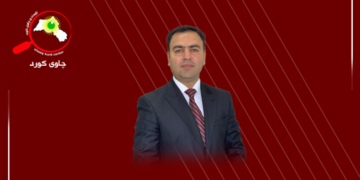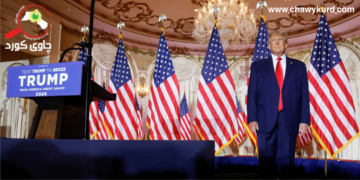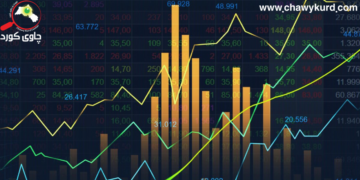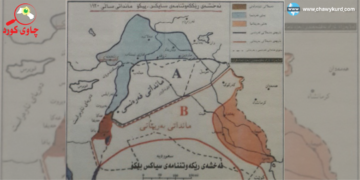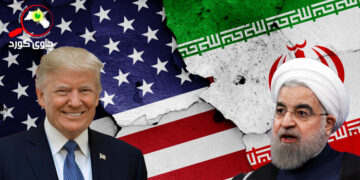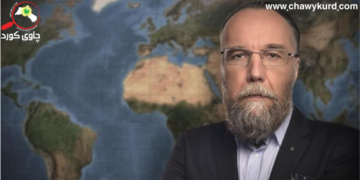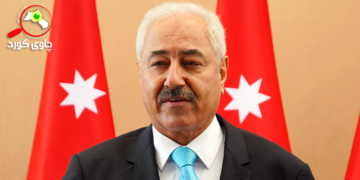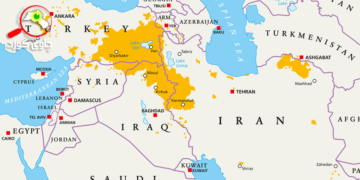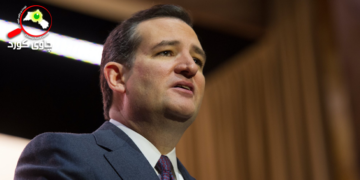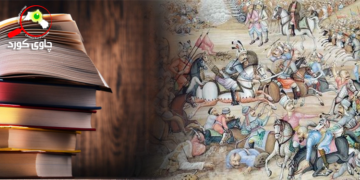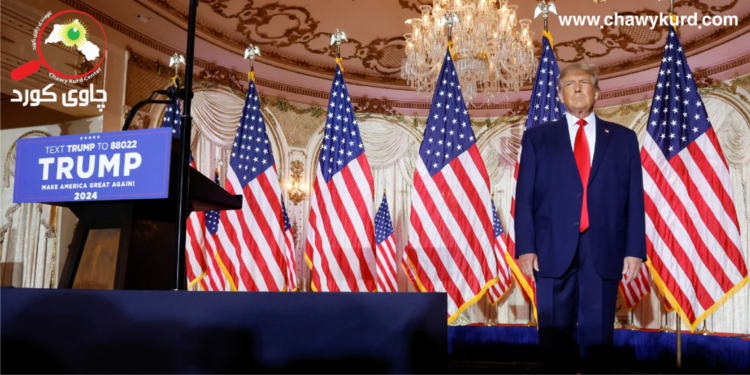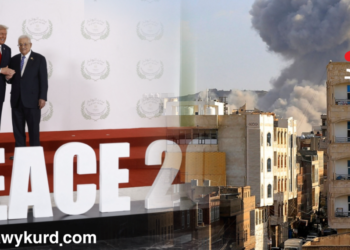An Analytical Reading of America’s Political and Diplomatic Reality
The name “Donald Trump” has long been synonymous with the idea of the “ultimate dealmaker” in American politics and global media. This perception, cultivated from his early days in the real estate world to his tenure in the White House, is now a subject of both scrutiny and satire, particularly after the recent Alaska summit with Russian President Vladimir Putin, which yielded no significant breakthrough. Recent events starkly reveal that the image of Trump as a savior in every international crisis is faltering in a world undergoing complex diplomatic and political shifts—or perhaps this image was never truly accurate.
For years, Donald Trump has prided himself on being a man of deals, presenting himself as a “businessman” capable of turning any political confrontation into a tangible achievement. However, the Alaska summit with Vladimir Putin dramatically altered this picture. After a surprisingly warm reception, Trump emerged from the high-stakes meeting without any clear agreement, neither on the war in Ukraine nor on the future of U.S.-Russia relations, contrary to the high hopes that were pinned on the encounter.[1][2]
In diplomatic meetings like the one in Alaska, the focus is no longer on the deals or their outcomes but on Trump’s very ability to negotiate.[3] It became apparent that he was not the dominant figure at the summit; that role was claimed by Russian President Vladimir Putin.[4] The result exposed a stark gap between Trump’s actual capabilities and his media-crafted persona. The American media, which has long been divided between lionizing Trump as a political hero and vehemently opposing him, showed no mercy. News outlets became a platform for ridicule and satire. International newspapers have also begun blending criticism with sarcastic analysis, highlighting the summit’s meager results. This, in my view, signals the end of Donald Trump’s image as an unparalleled negotiator and the conclusion of a golden era that, at best, raises questions about whether Trump was ever the master dealmaker he and the media portrayed him to be.
The summit was rich in symbolism but devoid of substance.[5] The American and Western media were relentless in their criticism of Trump. Headlines essentially declared: Putin got the red carpet, while Trump got nothing. This was not just a disappointment for the United States; Ukraine watched the meeting with deep suspicion.[6] Past experiences, from Budapest to Minsk, have taught Kyiv that any “peace agreement” with Moscow is likely to be short-lived.
This is not merely a matter of satire; it is a genuine diplomatic crisis. The United States, accustomed to orchestrating grand deals, now finds itself struggling to manage relations with Russia and China, while grappling with the crises in Taiwan and Ukraine. The conflict in Ukraine, for instance, underscores the limits of Washington’s ability to exert direct influence. As for Taiwan, Trump’s only assurance is that a takeover of the island nation will not happen on his watch.
Meanwhile, Trump continues his quest to craft a deal worthy of a Nobel Peace Prize.[7] The images from the informal meetings between Trump and Putin, with their telling gestures and expressions, reflect a failed attempt to project power and suggest a Ukrainian surrender to Russia. The reality, however, is that global politics is no longer dictated by single personalities, no matter how famous. On the other hand, although Putin was met with a grand welcome, Trump seems to understand that he cannot bargain with the assets and sovereignty of other nations. This reinforces the view that the summit’s failure was not just another incident but a blow to the image of Donald Trump as a dealmaker, casting doubt on whether he is still the man of the deals.[5] While the summit may have broken the diplomatic ice between the U.S. and Russia in Alaska, as the Financial Times might suggest, it reflects more of an inability on Trump’s part rather than an achievement, failing to secure the kind of agreement he has long dreamed of and promised to deliver—vowing to end the war in 24 hours.[8]
From a strategic analysis perspective, Trump can be viewed in two ways: first, as a dealmaker with the ability to negotiate, and second, as someone who portrays himself as a great dealmaker. Within this framework, American media, especially Republican-leaning outlets, continue to depict Trump as a political hero. It could be said that Trump struggles to comprehend the complexities of political equations, how alliances shift, and how interests can be turned upside down. Worse still, Trump may not grasp that the world no longer operates on simple rules or the negotiating skills of one individual, but on the balance of power and mutual gains, even if the stronger party usually comes out ahead.
Even within the United States, the political fallout from this decline is not hidden. The media has become more relentless and unforgiving in its criticism of Trump, and any attempt to rebuild his image as a dealmaker faces real opposition. While Trump’s domestic policies may have been pushed through by assertion and with little consultation, his diplomatic approach, beyond tariffs and taxes, has left little room for political harmony or consensus with allies.
Recent confrontations with Russia and U.S. stances on China and Ukraine clearly show that the world is no longer a place where one person can impose their will through reputation or personal authority alone. Today’s politics requires meticulous analytical skills, an understanding of alliances, and a balance between symbolic gestures and reality. Every failure or media ridicule is not just a passing event but an indicator of profound changes in the international system. At the same time, it demonstrates that expecting traditional American influence to be channeled through a single individual is no longer realistic.
For observers, what is happening is not just a personal failure for Trump but a deeper transformation within the American political system. As a competitor and negotiator, Trump no longer controls the outcomes; in fact, he often complicates the equations and exacerbates the issues.
In the end, the message is clear: the world no longer revolves around individual personalities, no matter how famous they are. Trump is no longer the decisive contractor and negotiator, and this is not just a catchy headline; it is a tangible reality that reflects the structural changes in American politics and international diplomacy, from the conflict in Gaza to the situations in Ukraine and with the Houthis. The media image no longer reflects reality, and real deals are no longer made in front of cameras or in headlines. They are forged in the fine print, through lengthy negotiations and complex alliances that often escape the public eye. The Wall Street Journal previously reported that if the Alaska summit failed, there might not be any more meetings between Trump and Putin on Ukraine. Thus, the event serves as the final, and largest, nail in the coffin of the claim that President Donald Trump is the ultimate dealmaker, placing him in the ranks of Western leaders whom Vladimir Putin, like a chess master, has outmaneuvered and led astray.





